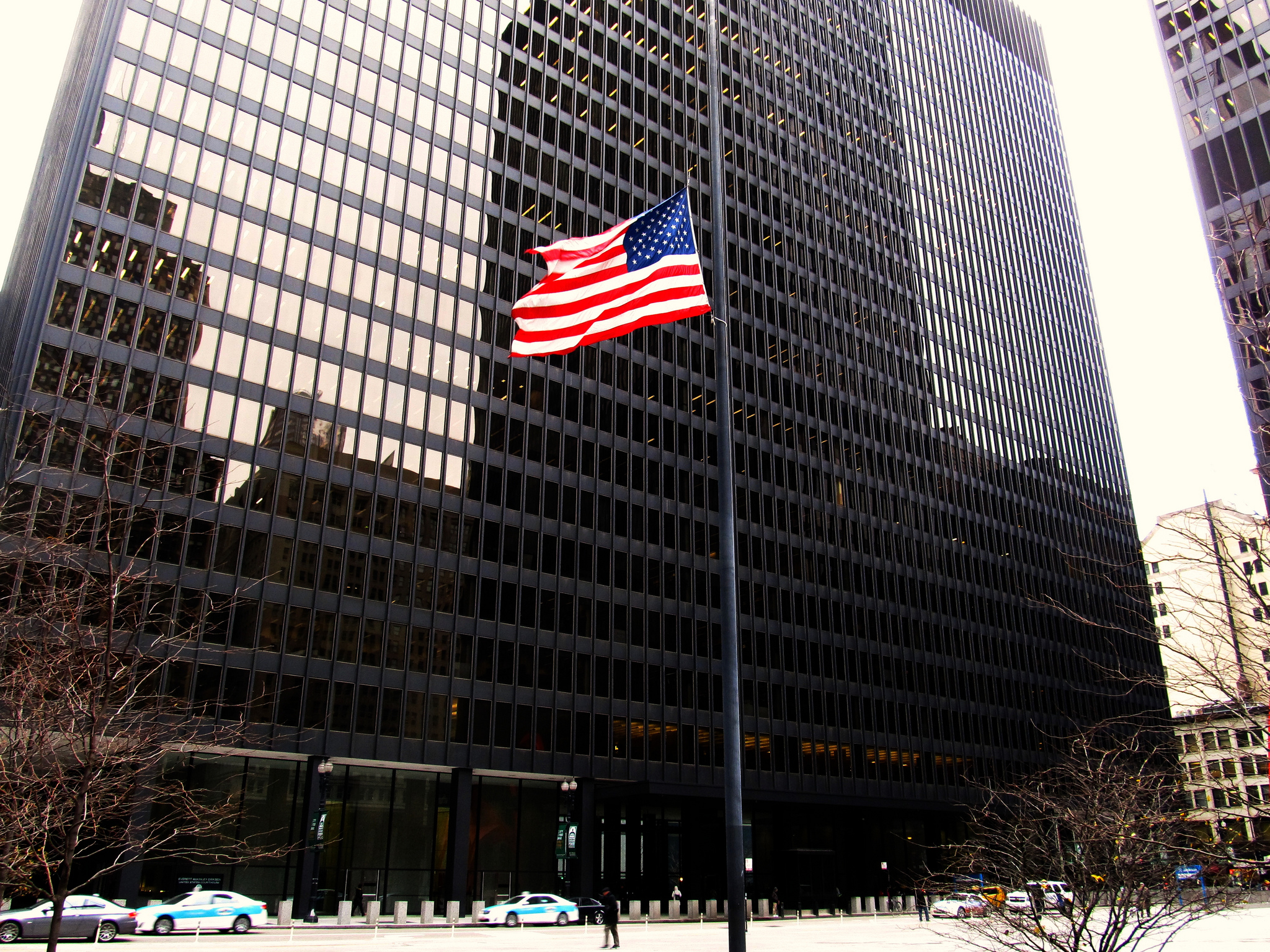Today, the NLRB determined whether or not the Northwestern University football players could unionize. It decided that they could not. However, the NLRB’s decision did not hinge on the issue of whether or not the college athletes are employees under the NLRA, but on its determination that the Board would not foment stable industrial relations under the NLRA if it enabled the college athletes to unionize.
Even if the NLRB was reasonable in determining that collective bargaining would not provide for stable industrial relations in college football, such determination could have been better reached by the parties themselves, and especially the college athletes. That’s the beauty of collective bargaining: it lets parties make those sorts of determinations without second-guessing by the state.
According to the Board, collective bargaining in college football would require league-wide bargaining, including with those units with putative public sector employees who are beyond the reach of the NLRB’s jurisdiction—the college athletes who play for state schools. The arrangement of college football proved too complex for the NLRA’s model of collective bargaining, according to the NLRB. However, the Board reached this decision even when professional Canadian athletes in baseball and hockey do not fall under the NLRB’s jurisdiction; professional baseball and hockey are unionized.
The Board limited its decision to the facts of the case. However, the decision will be used by the management bar to justify further instances of non-recognition of employees in non-standard forms of employment, e.g., graduate students, workers who are also clients and patients of their employers (as in mental health institutions), temporary employees, among others. About a quarter of U.S. workers work in such types of non-standard settings. Today a quarter of the U.S workforce has something new to struggle against.
The response to such attempts of non-recognition will thus necessarily remain the good old-fashioned one: workers will have to fight for recognition despite the law, through their collective efforts. The maladies of asymmetrical market relationships that the NLRA attempts to remedy, namely industrial strife, will inevitably be pushed to the surface given today’s unfortunate NLRB decision.




Leave a Reply